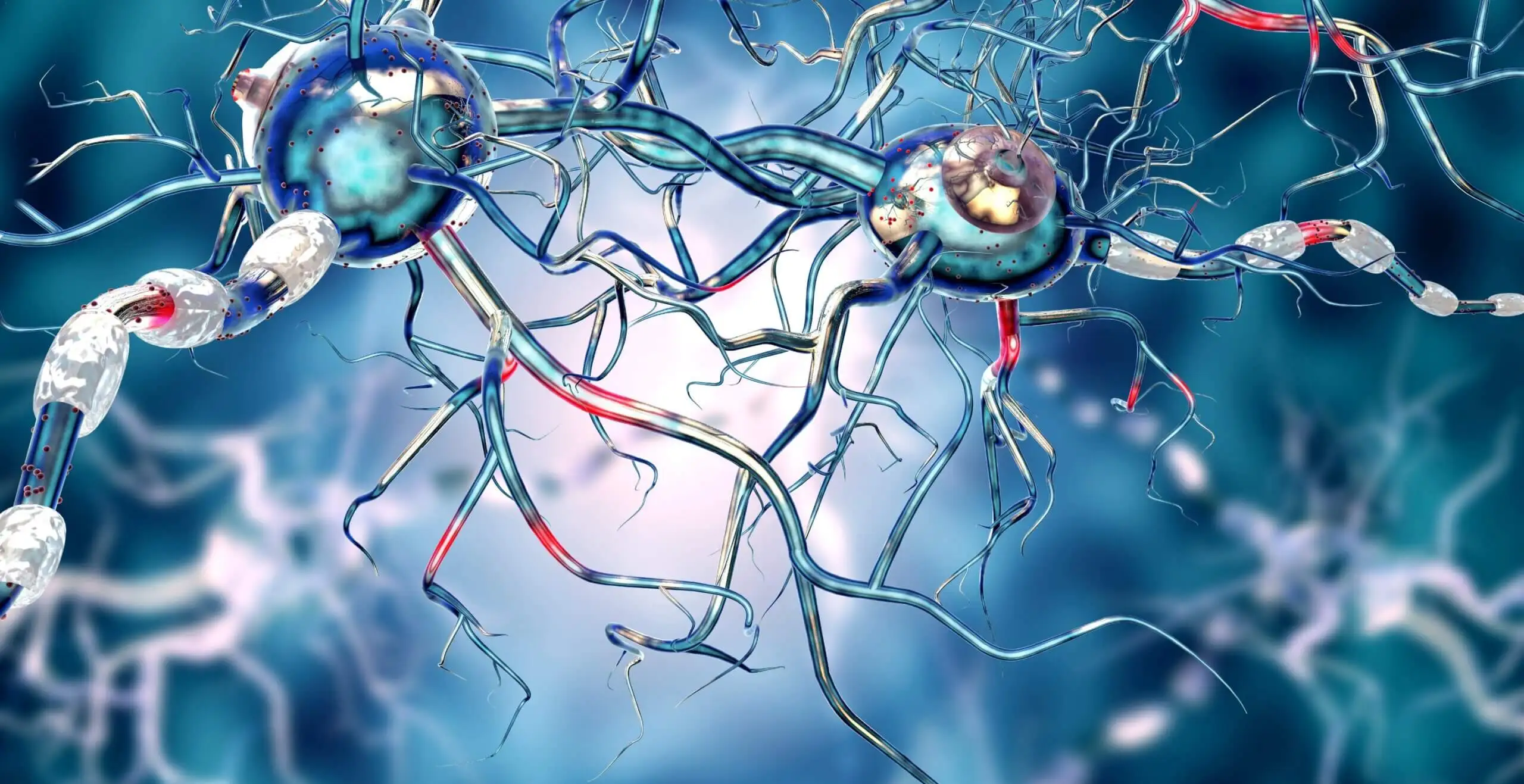Christina Applegate: Early Symptoms of Her MS that Weren't Identified in Time


Reviewed and approved by the doctor Leonardo Biolatto
Christina Applegate revealed to her followers how she received the news of her multiple sclerosis (MS) diagnosis and was surprised to point out that she was able to overlook the first symptoms of this disease. According to the actress, the news came while she was filming the third and final season of the series Dead to Me (Netflix) last summer.
I was diagnosed while we were working. I had to call everyone and say, “I have multiple sclerosis, guys.” -Christina Applegate to Variety
Read on to learn more about the famous actress’s diagnosis, as well as some of the key things to consider about MS.
What were the symptoms of MS that Christina Applegate missed?
Since the actress confirmed that she was diagnosed with MS, there have been many media outlets interested in learning about her story. Recently, the 50-year-old gave unpublished details to the New York Times about the first manifestations of the disease that she said she dismissed.
Specifically, she commented that she started feeling bad and noticing changes in her body a few years ago, during the filming of the first season of Dead to Me. She specified that during a dance scene, she had to struggle to keep her balance. Then, while playing tennis, she noticed that she was failing too often. However, she attributed her performance to a lack of effort.
She also noted that she experienced tingling and numbness in her extremities, symptoms that began to worsen over the years. She also identified pain, slurred speech, and tremors. In this regard, she said she wished she had paid more attention.

We think you may also enjoy reading this article: 6 Tips for Dealing with Multiple Sclerosis Relapses
What is multiple sclerosis (MS)?
According to research, multiple sclerosis (MS) is a neurodegenerative demyelinating disease that tends to occur preferably with an average age of onset between 20 and 40 years. There is no single cause of the disease. It’s believed to be the result of the interaction of various environmental, biological, immune, and genetic factors.
The demyelinating characteristic means that, over the years, neurons lose their fatty coating (myelin). This leads to problems in the transmission of nerve impulses.
It affects the brain, spinal cord, and optic nerves in particular. Its origin is unknown, as we have already mentioned. It’s known that there is an attack by the immune system on the central nervous system. This progressive damage to myelin interrupts signals to and from the brain.

The symptoms of MS
It has been documented that each patient diagnosed with MS has a different experience and may report unique symptoms. However, scientific studies have identified the most common signs:
- Ataxia, fatigue, or weakness
- Unilateral optic neuritis or blurred vision associated with pain
- Partial myelitis or altered sensation in areas such as the torso
- Ophthalmoplegia, vertigo, hyperacusis, and altered facial sensitivity
- Paresthesias in the extremities, abdominal area, or chest
The aforementioned literature has reported that 80% of patients refer to fatigue as one of the conditions that most generates discomfort for them. On the other hand, 53.3 % have related headaches as an initial symptom of the disease.
Similarly, there are references of between 80 % and 96 % of patients with multiple sclerosis who were referred to urological consultation when presenting urinary or fecal incontinence or sexual dysfunction. However, related neuropsychiatric disorders have also been reported: depression in 23.7% and sleep disorders in 67%.
According to a 2020 analysis, depression could be a significant prodrome of MS. That is, a manifestation that would appear months or even years before the development of the classic picture of the disease.
Findings through medical examinations
The diagnosis of MS is suspected considering the symptoms declared by patients, a series of findings evident through neurological examinations, and specific images, such as MRI scans.
Some of the signs detectable by a neurologist may be dilated pupils, altered sensations, motor weakness, ataxia or gait disturbance, or hyperreflexia. Magnetic resonance imaging (MRI) can show lesions in focal areas, resulting from demyelination and inflammation of the white matter.

Like this article? You may also like to read: The Effects of Art Therapy on Multiple Sclerosis
Learning from Christina Applegate: Early recognition is critical
Diagnosing MS is not easy.
Its symptoms can be confused with other pathologies that also share the neurodegenerative characteristic. And sometimes, the evidence is so general that suspicion seems impossible. Nevertheless, experts agree that early diagnosis improves patients’ quality of life in the future.
This is because treatment can have a greater effect, enabling patients to delay the deterioration of the disorder. A multidisciplinary approach can have early beneficial effects on physical health, social performance, and the stability of interpersonal relationships.
After sharing her diagnosis and putting MS on the lips of many, Christina Applegate said she will retire from the stage after the release of the series she starred in for Netflix. She will now focus on facing her disease.
All cited sources were thoroughly reviewed by our team to ensure their quality, reliability, currency, and validity. The bibliography of this article was considered reliable and of academic or scientific accuracy.
- Camargo Rojas Andrea Paola, Gómez López Angélica María, Hernández Leonardo Fabio, Palacios Sánchez Eduardo. Síntomas presentes en la esclerosis múltiple: serie de casos. Acta Neurol Colomb. [Internet]. 2018 June [cited 2022 Nov 18] ; 34( 2 ): 108-114. Available from: http://www.scielo.org.co/scielo.php?script=sci_arttext&pid=S0120-87482018000200108&lng=en. https://doi.org/10.22379/24224022198.
- Disanto, Giulio, et al. “Prodromal symptoms of multiple sclerosis in primary care.” Annals of neurology 83.6 (2018): 1162-1173.
- Faissner, Simon, et al. “Progressive multiple sclerosis: from pathophysiology to therapeutic strategies.” Nature Reviews Drug Discovery 18.12 (2019): 905-922.
- Marisa P. McGinley, DO; Carolyn H. Goldschmidt, DO; Alexander D. Rae-Grant, MD. Diagnosis and Treatment of Multiple Sclerosis A Review. Clinical Review & Education. JAMA. 2021;325(8):765-779. doi:10.1001/jama.2020.26858
- Tremlett, Helen, and Ruth Ann Marrie. “The multiple sclerosis prodrome: Emerging evidence, challenges, and opportunities.” Multiple Sclerosis Journal 27.1 (2021): 6-12.
This text is provided for informational purposes only and does not replace consultation with a professional. If in doubt, consult your specialist.








